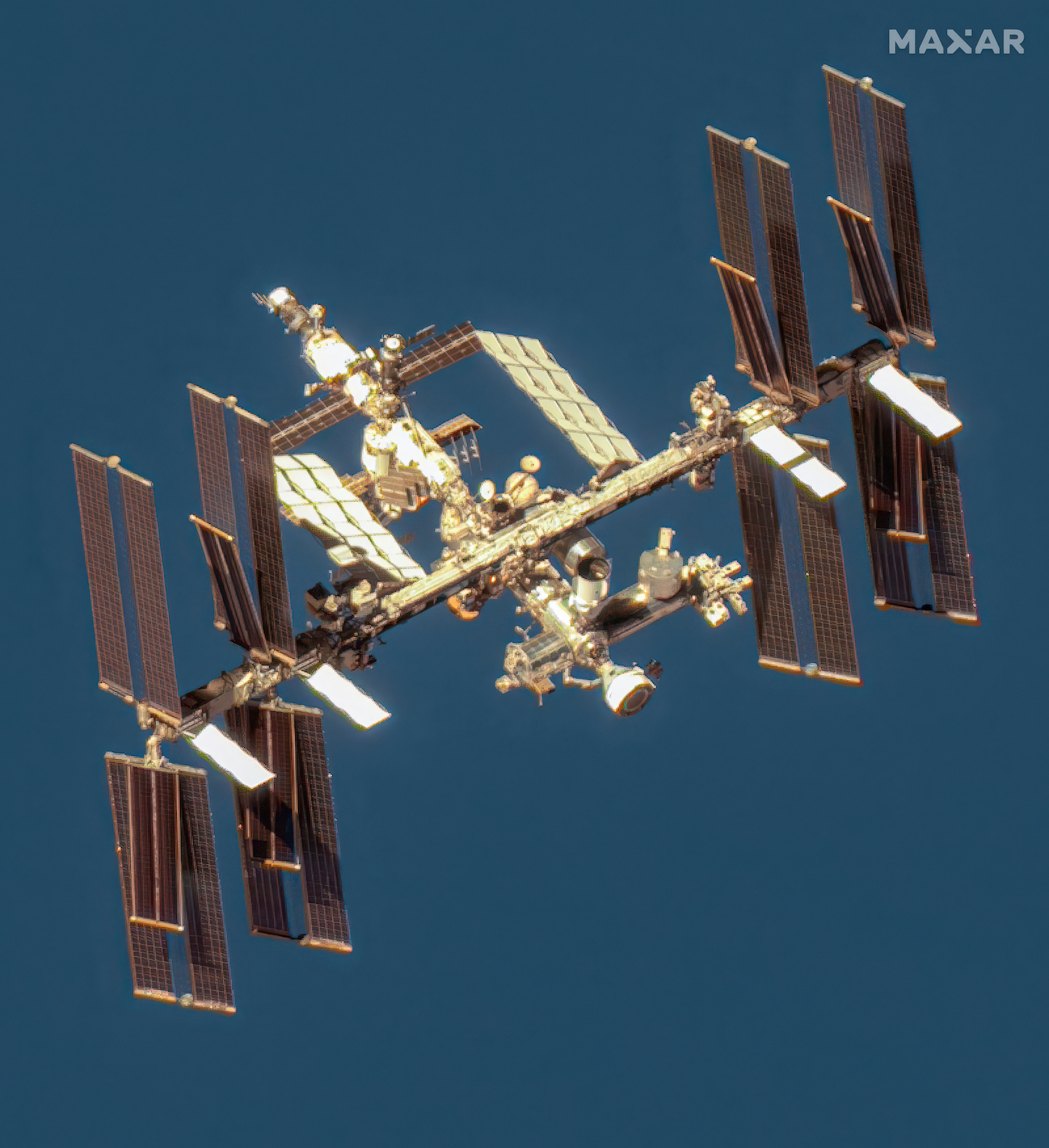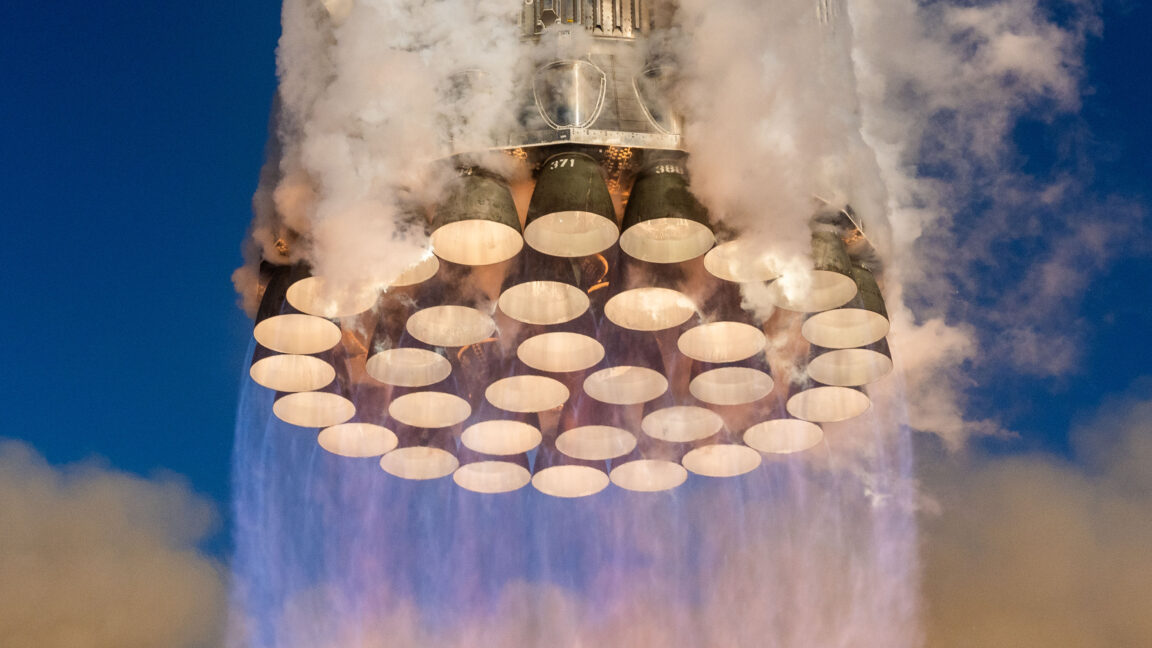Senior NASA leaders, including the agency's administrator, Bill Nelson, will meet Saturday in Houston to decide whether Boeing's Starliner spacecraft is safe enough to ferry astronauts Butch Wilmore and Suni Williams back to Earth from the International Space Station.
The Flight Readiness Review (FRR) is expected to conclude with NASA's most consequential safety decision in nearly a generation. One option is to clear the Starliner spacecraft to undock from the space station in early September with Wilmore and Williams onboard, as their flight plan initially laid out, or to bring the capsule home without its crew.
As of Thursday, the two veteran astronauts have been on the space station for 77 days, nearly 10 times longer than their planned stay of eight days. Wilmore and Williams were the first people to launch and dock at the space station aboard a Starliner spacecraft, but multiple thrusters failed and the capsule leaked helium from its propulsion system as it approached the orbiting complex on June 6.
That led to months of testing—in space and on the ground—data reviews, and modeling for engineers to try to understand the root cause of the thruster problems. Engineers believe the thrusters overheated, causing Teflon seals to bulge and block the flow of propellant to the small control jets, resulting in losing thrust. The condition of the thrusters improved once Starliner docked at the station when they weren't repeatedly firing, as they need to do when the spacecraft is flying alone.
However, engineers and managers have not yet reached a consensus about whether the same problem could recur, or get worse, during the capsule's journey back to Earth. In a worst-case scenario, if too many thrusters fail, the spacecraft would be unable to point in the proper direction for a critical braking burn to guide the capsule back into the atmosphere toward landing.
The suspect thrusters are located on Starliner's service module, which will perform the deorbit burn and then separate from the astronaut-carrying crew module before reentry. A separate set of small engines will fine-tune Starliner's trajectory during descent.
If NASA managers decide it's not worth the risk, Wilmore and Williams would extend their stay on the space station until at least February of next year, when they would return to Earth inside a Dragon spacecraft provided by SpaceX, Boeing's rival in NASA's commercial crew program. This would eliminate the threat that thruster problems on the Starliner spacecraft might pose to the crew's safety during the trip to Earth, but it comes with myriad side effects.
These effects include disrupting crew activities on the space station by bumping two astronauts off the next SpaceX flight, exposing Wilmore and Williams to additional radiation during their time in space, and dealing a debilitating blow to Boeing's Starliner program.
If Boeing's capsule cannot return to Earth with its two astronauts, NASA may not certify Starliner for operational crew missions without an additional test flight. In that case, Boeing probably wouldn't be able to complete all six of its planned operational crew missions under a $4.2 billion NASA contract before the International Space Station is due for retirement in 2030.


